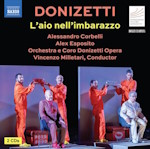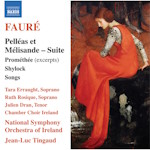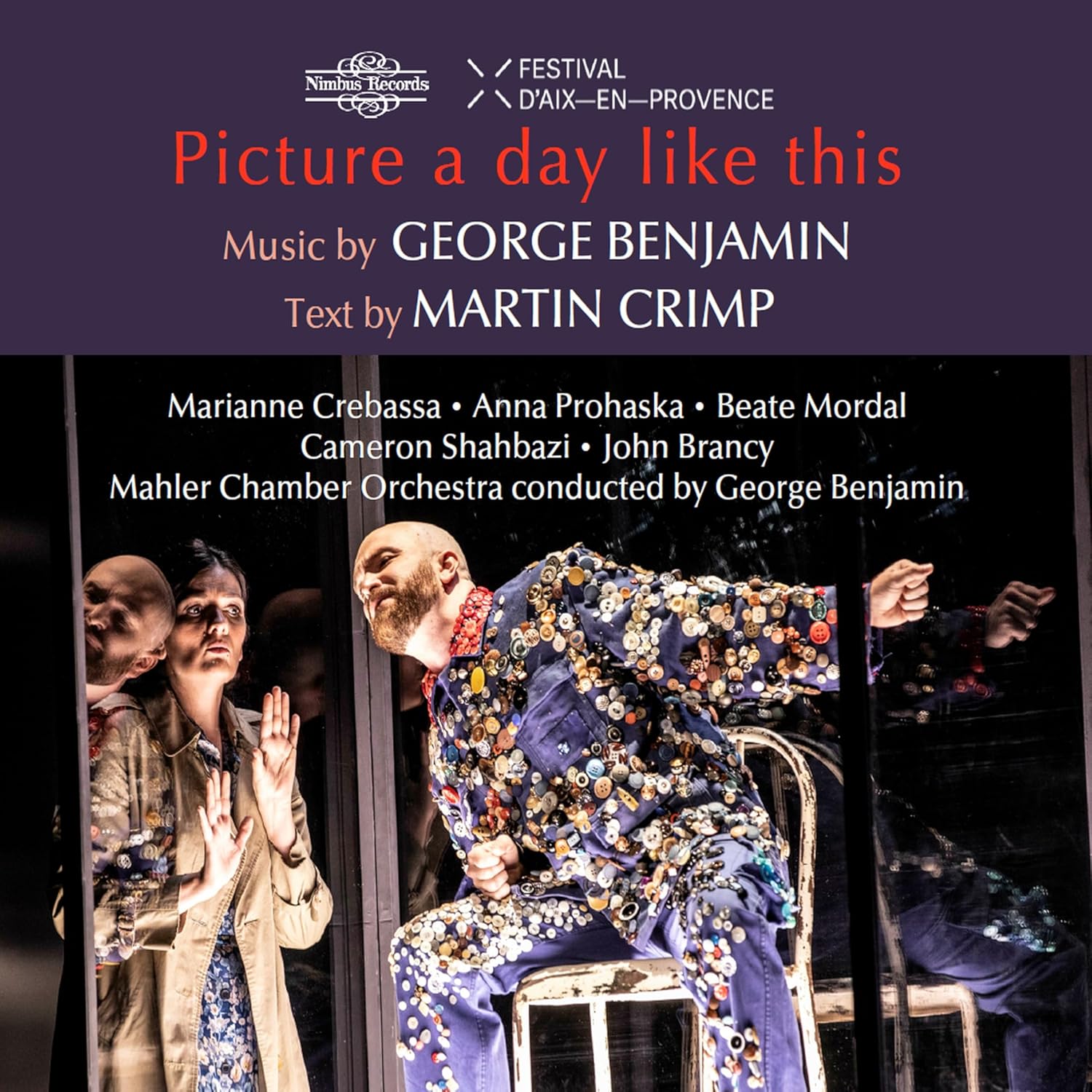
Johann Sebastian Bach (1685-1750)
Keyboard Concerto No. 1 in D minor, BWV 1052
Keyboard Concerto No. 2 in E major, BWV 1053
Keyboard Concerto No. 3 in D major, BWV 1054
Keyboard Concerto No. 5 in F minor, BWV 1056
Beatrice Rana (piano)
Amsterdam Sinfonietta
rec. 2022, Muziekcentrum van de Omroep, Hilversum, The Netherlands
Reviewed as lossless download
Warner Classics 2173243358 [62]
I have always found this music to be among the most cheerful and approachable of Bach’s works and my attachment to it dates back to acquiring recordings such as those by Chang Hae-Won released by Naxos in the early 90s. More recently, I favourably reviewed a recording of three of the seven extant by Warren Mailley-Smith while still expressing a preference for Murray Perahia’s recording of all seven and making approving reference to the double Sony CD of Glenn Gould’s recording of six of them .
However, knowing from her previous recordings Beatrice Rana’s pre-eminence in Bach, especially the Goldberg Variations (review), I was keen to her in this new issue – one considerably delayed, as it was recorded three years ago as I write. At the start of the first concerto, she goes off like a rocket – indeed, it is the fastest delivery of the various versions I have – and put on a remarkable prestidigitational display, trilling ferociously but often varying dynamics subtly and producing a thrilling sense of moto perpetuo momentum. Perahia is marginally more measured and mellow. As much as I was enthusiastic about Mailley-Smith’s version, I must admit to now finding it a little too relaxed compared with Rana and Perahia – and Gould with Bernstein now sound positively elephantine in their deliberateness. Tastes evolve, both personally and contextually as individuals and society change; Rana’s more urgent, propulsive manner now sounds right to modern ears.
The sound is crisp and brilliant, the piano perhaps a mite too forward but these works emerge thereby as real virtuoso showpieces. The sheer passion and commitment of Rana’s playing is complemented by the raw attack of the Amsterdam Sinfonietta – just as Perahia is so ably supported by the ASMF. They are eighteen strong, playing with minimal vibrato but are most attentive to accurate intonation, and make a rugged, often plangent sound; they are ably led by Candida Thompson who is given a nice “star status” photographic portrait in the booklet, alongside some arty shots of the soloist.
Rana is by no means all pyrotechnics, for all her fleetness; she applies to the slow movements the same “luminous tone and delicate, lyrical sensibility” I remarked upon regarding the Goldberg Variations – but I have to say that movements such as the Allegro concluding No. 1 are simply stunning in their agility and musicality. Having said, that she finds a magical touch for movements such as the gently pacing Siciliana of No. 2, whereby her touch is both lightly percussive and rhythmical, bit also oddly otherworldly.
Novices will be caught off guard by the appearance of the Violin Concerto in E major in different guise and as Rana in her notes observes, it is remarkable how well the music sits played on a keyboard – especially the hypnotic, floating Adagio, played with such pearlescent tone by Rana.
After such ethereal music, the more robust, rhythmically heavy first movement of No. 5 makes a suitably emphatic contrast, especially as it is followed by a Largo which is a first cousin to the famous “Air on a G string” (the second movement of Orchestra Suite No. 3), the piano’s musings over the strings’ cat-like pizzicato pacing providing another mesmeric shift of mood before the ebullient Presto finale.
This is a recording I can easily listen to straight through without a break, such is the fecundity of Bach’s invention and the excellence of Rana’s execution.
Ralph Moore
Previous review: David Barker (March 2025 Recording of the Month)
Buying this recording via a link below generates revenue for MWI, which helps the site remain free



















